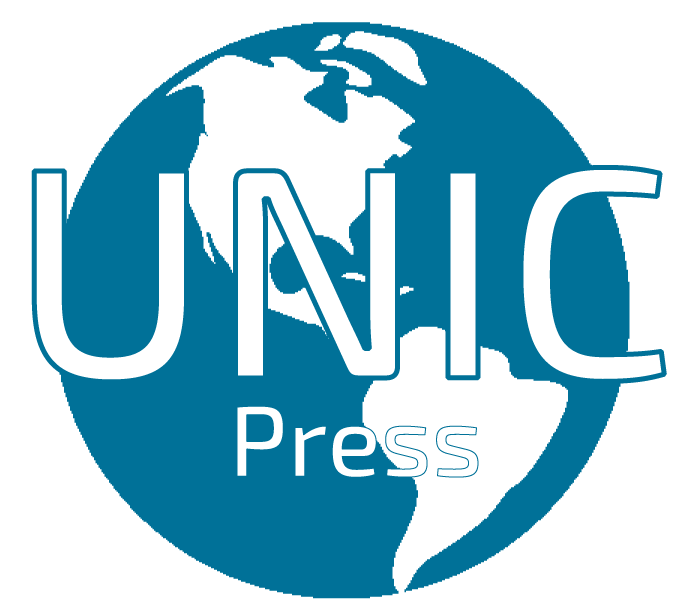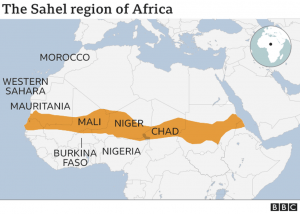ABUJA, Federal Republic of Nigeria. Against unsavoury background of global market glut, Nigeria’s crude oil’s appeal to consuming nations may have sagged further, with over 15 cargoes remaining unsold for July delivery alone.
The fortunes of August and September deliveries remain uncertain, even as oil prices continue to hover on the lower band of $58.51 a barrel.
Already, the Nigerian National Petroleum Corporation (NNPC) has cut its July official selling price formulae for Bonny Light and Qua Iboe to 10-year low.
The Organisation of Petroleum Exporting Countries (OPEC), which made this disclosure in its July oil market report released yesterday, said that an overhang of around 15 unsold July cargoes emerged a week after the August programme. Nigeria has been struggling to find buyers of its crude oil for some years now without success.
For instance, in 2012, China became the alternative market for Nigeria’s crude oil, following dwindling imports by the United States, which was the major buyer of Nigeria’s crude oil.
But, China has also abandoned Nigeria’s crude oil as their demand for light sweet crude oil is very sparse.
Also, India had the largest buyer of Nigerian crude, which has been one of the positives for the country in the last few years. But demand from India for Nigerian crudes is slightly on the wane as its demand for Latin American crudes is growing sharply.
The United States, Energy Information Administration (EIA) stated in its recent report that “China is the second largest consumer of crude oil, and when it does not figure at all as one of your regular buyers, you know you have a problem. And Nigerian crude is suffering because of this.
China likes crude oil that is heavy and sweet, as it fits the appetite of its refineries that produce a lot of fuel oil to keep its industrial and manufacturing economy running.”
OPEC stated that loading delays also hurt certain Nigerian grades as refiners looked for more reliable alternatives. “Moreover, West African (WAF) crudes were undermined by plentiful supply and relatively high fright rates for their cargoes, making cheap North Sea and Mediterranean grades more attractive to some European buyers.
“Spot differentials for physical crude related to Brent were hammered over the month with an oversupply of light sweet crude in the Atlantic Basin. Low U.S. demand for light sweet imports has left a backlog of unsold cargoes in the Atlantic Basin,” it stated.
The report added that although all three markets remained in contango, the Brent contango widened over June by close to 25¢, to reach $1.31/b (M1-M3).
It added that a surplus of unsold prompt loading North Sea and West African crude cargoes has been putting prompt differentials under pressure. “Supply has been strong and European and Asian refineries have not bought as much crude as expected. Strong production from the Buzzard field and the deferring of a maintenance shutdown to October from June has boosted supplies. The North Sea was also cluttered with tankers carrying cargoes that have failed to find buyers, despite European refineries running hard to take advantage of strong margins.
“Struggling to find buyers, unsold cargoes of West African crude began to stack up, seeking a window of opportunity to return to the U.S. market. Theoretically, the narrowing spread has made it about $2pb cheaper to import West African crude than to ship Bakken by rail from North Dakota.”
It disclosed that crude imports from OPEC Member Countries dropped in April from the previous month by 96 tbpd or four per cent, accounting for 35 per cent of total U.S. crude imports. On the contrary, U.S. product imports from OPEC Member Countries increased by 31 tbpd from the previous month to stand at 192 tbpd, representing a 10 per cent share of the total products imported by the U.S. showing a drop of 30 tbpd from the same month last year.
The report stated: “In May, China’s crude imports dropped by 1.8 mb/d or 25 per cent from the previous month to average 5.5 mb/d, while on an annual basis, they decreased by 670 tbpd or 11 per cent. Year-to-date, the figures reflected an increase of 279 tbpd or five per cent.
In terms of supplier share, Russia, Angola and Saudi Arabia were the top crude suppliers to China in May, holding shares of 17 per cent, 14 per cent and one per cent, respectively. In May, China’s crude imports saw increased volumes from Russia, which were up by 156 tbpd from the month before, while imports from Saudi Arabia decreased significantly by 562 tbpd from April.




